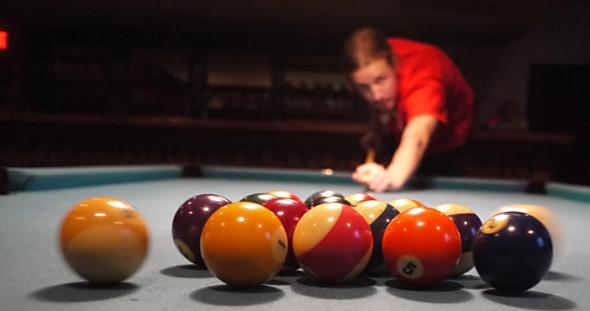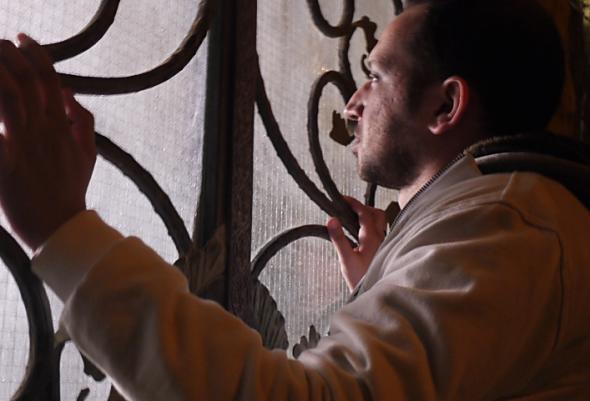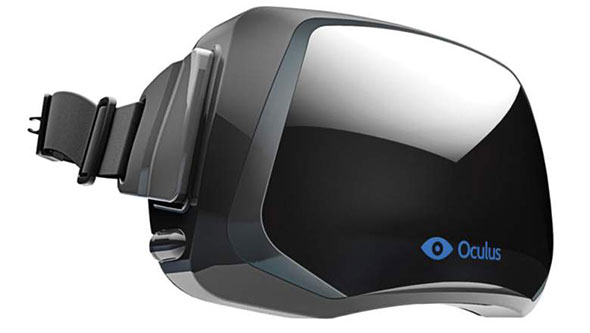Why the Rise and Fall of 3DTV Set the Stage for Greater Success in 360-Degree Immersive Video and VR
With 360 VR poised to be the next great technology and format, one cannot help but think about the last immersive technology to hit the market.
Five years ago, 3D seemed on top of the world and only gaining more momentum, with filmmakers large and small around the world primed and ready to jump on the 3D bandwagon. With Panasonic, Sony, and others pouring tens of millions of dollars into new cameras, rigs, and displays, the stereo future couldn’t have been clearer. The manufacturers themselves were subsidizing, to a huge extent, such key 3D venues as Sky and Direct TV’s Channel 101. By early 2013, 3D TV ownership in the USA and Western Europe was growing rapidly, with compelling new programming — mostly Hollywood blockbusters — popping up virtually every other day.
Then what happened? Despite the manufacturers’ best efforts and massive financial investment, the public (in Western countries, at least) never really cared for 3D. In Asia, the public’s view was considerably more positive, but the interaxial handwriting was already on the wall in the world’s principal markets in the USA and Europe.
Today, save for the handful of studio tentpole movies posted and distributed in 3D, the stereo format has become all but irrelevant for theatrical and non-theatrical applications. Blame it on the inconvenient glasses, the underpowered and insufficiently bright displays, or the poor storytelling skills of 3D filmmakers, these folks — the writers and producers, directors and camerapeople — lacked a basic understanding of the physiological impact of stereo viewing, unwisely opting (in many cases) to maximize stereo depth at the price of viewer comfort. Inflicting pain on an audience is no way to win its undying loyalty and affection!

Knowingly or not, 2D shooters regularly integrate a range of monoscopic depth cues to sell a three-dimensional illusion. The highlights in the billiard balls and the soft focus background are suggestive of a scene that has dimension, is real, that exists.
Lesson Learned: We've Always Shot 3D
Since the dawn of art and photography, the challenge to artists and visual storytellers has been how to best represent the 3D world in a 2D medium. Because the world we live in has depth and dimension, our filmic universe is usually expected to reflect this quality by presenting the most life-like three-dimensional setting possible for our screen characters to live, breathe, and interact most transparently.

The converging lines at the horizon contribute to this scene’s convincing three-dimensional quality. Accomplished cinematographers often utilize linear and aerial perspectives to produce more compelling and lifelike images.
Working in traditional 2D, the camera craftsman uses mainly texture and perspective to foster the three-dimensional illusion. While the 3D shooter makes use of many of the same monoscopic depth cues, the stereo format inherently conveys the feeling of an honest-to-goodness real-world environment. In fact, the 3D shooter must often restrain the use of overly aggressive monoscopic depth cues, as forced perspectives can be very painful to viewers when viewed in stereo.

The 2D cameraperson uses lighting, color, and contrast to increase the apparent texture in a scene.


Texture is a powerful depth cue because only objects with an actual third dimension exhibit it.

Of course sometimes less texture is desirable — for example, when photographing Hollywood starlets in close up.
As a cinematographer and 3D specialist, I attribute the format’s lack of public acceptance to a fundamental failing: the 3D format isn’t really 3D at all but stereo, which is much less immersive.
Compare that to 360 VR, which has been around in QuickTime form for more than 20 years. Anyone who visits a state-of-the-art real-estate website or uses Google Maps is well acquainted with the Magic Window feature — the ability to apply pressure directly on the screen and manually drag the view around to see in a circular perspective.
Unlike 3D, which required complex processes, convoluted image capture, and a specialized viewing environment (usually a commercial cinema) 360 VR can be displayed virtually anywhere by anyone using only a standard browser and a smartphone.

After enduring the pain and anguish of 3D, many folks are understandably leery of Virtual Reality technology. While VR and 3D do share an immersive quality, the two formats are vastly different beasts: VR content is easier to produce, gentler on the human animal, and can be viewed almost anywhere on an ordinary smartphone.
Moreover, dedicated mobile headsets for VR applications like the Oculus Rift provide an overwhelming immersive experience for viewers. Compare this to viewing a movie or TV broadcast in 3D stereo that often requires considerable physical effort.
Unlike 3D, which requires viewers to separate focus from convergence in order to fuse two individual, discrete images, VR does not rely on a gimmick or loophole in human physiology. And that's why VR is poised for greater success than 3D. As it turns out, many folks are simply unable or unwilling to perform the unnatural act of forming a virtual 3D image in their cerebral cortices. It can be tiring and/or painful for many folks, and that's not conducive to what is supposed to be, after all, an entertaining experience.
Did you enjoy this article? Sign up to receive the StudioDaily Fix eletter containing the latest stories, including news, videos, interviews, reviews and more.









Stereoscopic 3D is a very important part of normal human vision. 360 degree coverage is not. Requiring a person to spin around to see an entire image is not normal, nor convenient, and in a normally furnished room can actually be dangerous, and unnecessary. . The entire visual field may be encompassed with less than half of 360 degrees. It is much more important that immersion is acquired through stereopsis. The volume seen in the real world should be approached as closely as practical in a virtual representation. Foreshortening, or flattening of a virtual image should be avoided, as this detracts from the realism and impression of immersion. Correctly imaged and displayed, stereoscopic 3D images can be very effective, immersive, and realistic, yet comfortable to view, whether seen in the cinema, on television, or in a headset. The key, before imaging, is to seek the advice of a highly experienced consultant, such as myself, who understands not only the imaging systems, but also the human visual system.
Why did 3D fail yet again?
1. Content is king and aside from Avatar most of the 3D stank.
2. Content may be king but convenience is queen. 3D might have succeeded
if there was one standard set of glasses or better yet no glasses.
3. Price gouging by the theaters.
Will immersive succeed? If there is a single standard for the headsets. Otherwise no way. I’ve only tried one and it was hideously uncomfortable for glasses wearers.
Though many good points are made here, a few of the opinions are just that, opinions, and not supported by the accompanying facts. “Despite the manufacturers’ best efforts and massive financial investment, the public (In Western countries, at least) never really cared for 3D”. Financial investment, true. But manufacturers’ best efforts? Poorly advertised 3D TVs released well before any real content? Horrible real-time conversion systems? Even Avatar could only be had on Blu-Ray 3D if one bought the expensive Panasonic bundle. And the initial LCD shutter glasses were problematic, uncomfortable, and expensive.
“I attribute the format’s lack of public acceptance to a fundamental failing: the 3D format isn’t really 3D at all but stereo, which is much less immersive.” What does this mean? Much less immersive than what? It’s an odd statement, especially considering that most who enjoy stereo 3D specifically point to the immersive qualities.
Stereo 3D is hardly dead, just a decent sized niche now, which includes tent pole movies, animated features, specialty work (IMAX…), the occasional oddball device, gaming, toys, and, yes, VR. Much more prevalent than 10 years ago. The reasons for the failure of mass acceptance are still debatable… true, much of it due to the large number of people who don’t comfortably perceive stereo or are bothered by basic elements of the illusion (converging at a different plane than the subject, spectral reflections only seen in one eye, etc.), or just the uncomfortable glasses and cost, but many were simply turned off by the poor content, the bad use of 3D in most movies, the overly-subtle stereo in some productions, etc. Poor choices.
You compare two things that are in no way mutually exclusive, stereo 3D and VR. Many, if not the vast majority, feel that the combination of the two is more effective than either alone for an immersive experience. The only reason that more VR is currently not created in stereo is that the stitching process is still far more complex. A best case scenario would be the ability to choose how to see VR content from the viewing menu, stereo or not, for those who prefer 2D.
Perhaps stereo 3D is close to the prevalence that it should be… available to those who like it, avoidable for those who don’t. As the quality of (at least) the process improves, hopefully so will the acceptance.